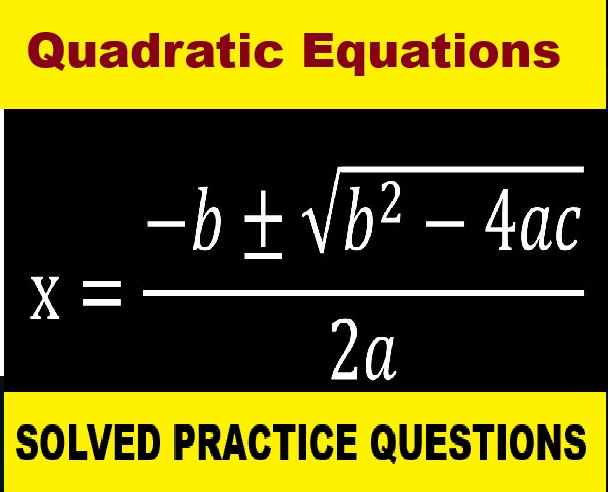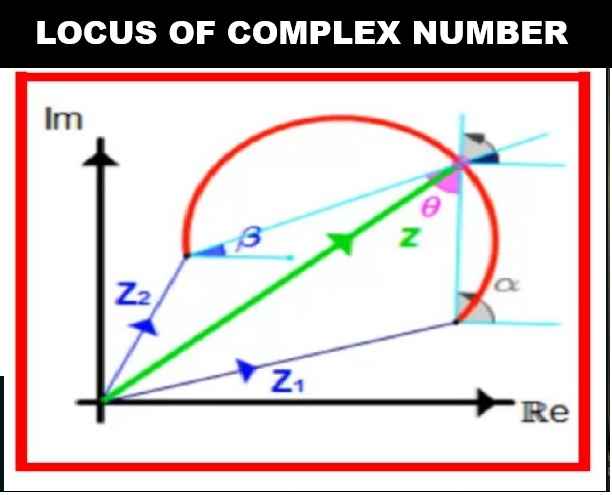OP Malhotra Pythagoras Theorem Class-9 S.Chand ICSE Maths Ch-10. We Provide Step by Step Answer of Exe-10(a), Exe-10(b), with Chapter Test of S Chand OP Malhotra Maths . Visit official Website CISCE for detail information about ICSE Board Class-9.
| Board | ICSE |
| Publications | S. Chand |
| Subject | Maths |
| Class | 9th |
| Chapter-10 | Pythagoras Theorem |
| Writer | OP Malhotra |
| Topics | Solution of Exe-10(a), Exe-10(b), with Chapter Test |
| Academic Session | 2021-2022 |
OP Malhotra Pythagoras Theorem Class-9 S.Chand ICSE Maths Ch-10
-: Select Topics :-
Exercise-10
OP Malhotra Pythagoras Theorem Class-9 S.Chand ICSE Maths Ch-10
Pythagoras Theorem Statement :
Pythagoras theorem states that “In a right-angled triangle, the square of the hypotenuse side is equal to the sum of squares of the other two sides“. The sides of this triangle have been named as Perpendicular, Base and Hypotenuse. Here, the hypotenuse is the longest side, as it is opposite to the angle 90°. The sides of a right triangle (say a, b and c) which have positive integer values, when squared, are put into an equation, also called a Pythagorean triple.
Pythagoras Theorem Formula :
Consider the triangle given above:
Where “a” is the perpendicular side,
“b” is the base,
“c” is the hypotenuse side.
According to the definition, the Pythagoras Theorem formula is given as:
| Hypotenuse2 = Perpendicular2 + Base2
c2 = a2 + b2 |
Applications of Pythagoras Theorem :
- To know if the triangle is a right-angled triangle or not.
- In a right-angled triangle, we can calculate the length of any side if the other two sides are given.
- To find the diagonal of a square.
Useful For :
Pythagoras theorem is useful to find the sides of a right-angled triangle. If we know the two sides of a right triangle, then we can find the third side.
Formula of Hypotenuse :
The hypotenuse is the longest side of the right-angled triangle, opposite to right angle, which is adjacent to base and perpendicular. Let base, perpendicular and hypotenuse be a, b and c respectively. Then the hypotenuse formula, from the Pythagoras statement will be;
c = √(a2 + b2)
Example of Pythagoras theorem:
Use of Pythagoras theorem:
Exercise-10.(a)
OP Malhotra Pythagoras Theorem Class-9 S.Chand ICSE Maths Ch-10
Question 1:
In a right angled triangle ABC, c is the length of the hypotenuse, and a and b are other two sides.
…………………..
Question 2:
……………………..
……………………..
……………………..
Question 20:
In the figure, the angle BAD and ADC are right angles and AX is ………………… Calculate the area of ABCX.
Exercise-10.(b)
Pythagoras Theorem Class-9 S.Chand ICSE Maths Ch-10
Question 1:
ABCD is a square, prove that AC² = 2AB².
Question 2:
In the figure …………….. Draw that
…………………
Question 3:
……………………
……………………
…………………….
Question 12:
In the given figure, angle B is acute and segment AD ⊥ side BC. show that
………………..
Chapter Test
OP Malhotra Pythagoras Theorem Class-9 S.Chand ICSE Maths Ch-10
Question 1:
Find the value of x.
…………………
Question 2:
…………………..
……………………
…………………….
Question 10:
A girl walks 200 m towards East and then 150 m towards North. The distance of the girl from the starting point is
…………………………
— : End of Pythagoras Theorem OP Malhotra S Chand Solutions :–
Return to :– OP Malhotra S Chand Solutions for ICSE Class-9 Maths
Thanks
Please Share with Your Friends



The PDF is not opening. Please Re-Post this .
live now fully